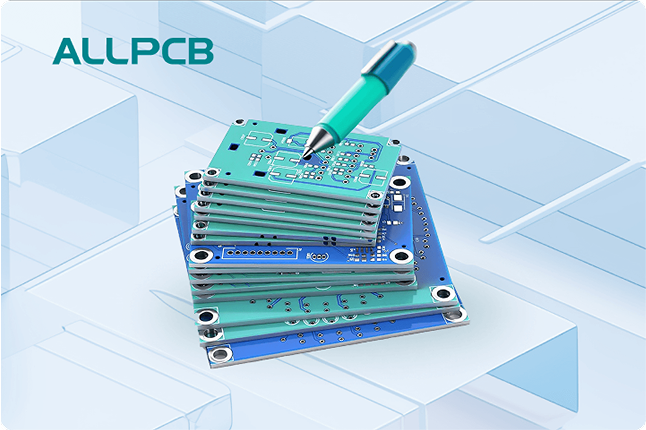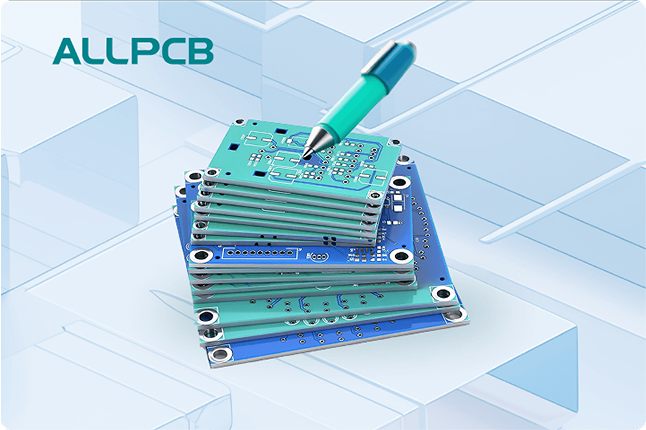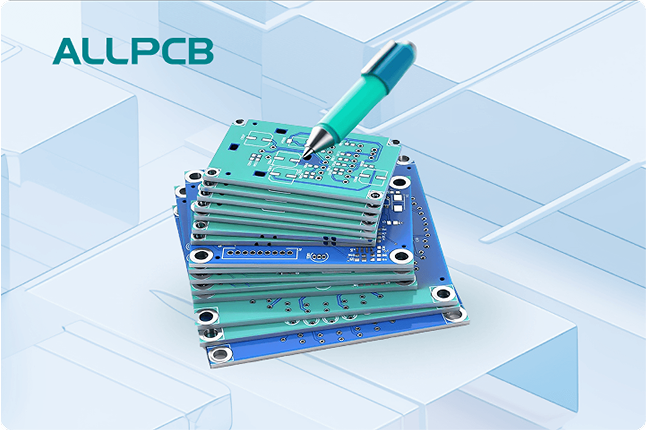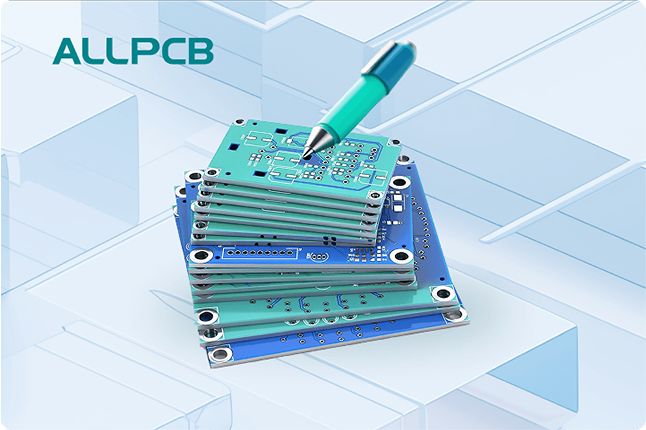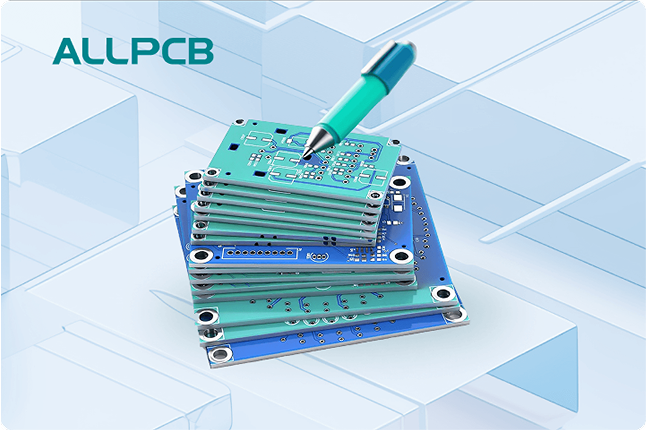In the fast-paced world of electronics, Surface Mount Technology (SMT) designs are at the heart of creating compact, high-performance devices. However, with smaller components and denser layouts comes a big challenge: managing heat. Poor thermal management in SMT designs can lead to component failure, reduced efficiency, and shorter product lifespans. So, how can you maximize thermal performance in your SMT designs? The answer lies in strategic heat sink selection and effective thermal via design, paired with thorough PCB thermal analysis and component cooling techniques.
In this comprehensive guide, we’ll dive deep into practical strategies for SMT thermal management. From choosing the right heat sink for your application to optimizing thermal vias on your PCB, we’ll cover actionable tips and insights to help you keep your designs cool and reliable. Whether you’re working on high-power applications or compact consumer electronics, these methods will ensure your SMT designs perform at their best. Let’s get started!
Why Thermal Management Matters in SMT Designs
Thermal management is critical in SMT designs because of the high density of components packed onto a small PCB area. As components like power transistors, microcontrollers, and LEDs operate, they generate heat. If this heat isn’t dissipated effectively, it can cause overheating, leading to performance issues or even permanent damage. For instance, exceeding a component’s maximum junction temperature—often around 125°C to 150°C for many ICs—can degrade its functionality over time.
Effective SMT thermal management ensures reliability, extends component life, and maintains signal integrity. It also prevents thermal stress on solder joints, which can crack under repeated heating and cooling cycles. By focusing on heat sink selection and thermal via design, you can address these challenges head-on and create robust SMT assemblies.
Heat Sink Selection for SMT: Key Factors to Consider
Heat sinks are one of the most common and effective solutions for dissipating heat in SMT designs. They work by increasing the surface area available for heat transfer, allowing excess heat to move away from critical components. However, not all heat sinks are created equal. Selecting the right one for your SMT application requires careful consideration of several factors.
1. Material and Thermal Conductivity
The material of a heat sink plays a huge role in its performance. Aluminum is a popular choice due to its high thermal conductivity (around 205 W/m·K) and affordability. For more demanding applications, copper heat sinks, with a thermal conductivity of approximately 400 W/m·K, offer superior heat dissipation but come at a higher cost and weight. Consider the thermal budget and weight constraints of your design when choosing between these materials.
2. Size and Form Factor
In SMT designs, space is often limited. You’ll need a heat sink that fits within the physical constraints of your PCB layout without interfering with nearby components. Low-profile heat sinks are ideal for compact designs, while larger finned heat sinks work well for high-power components if space allows. For example, a heat sink with a base area of 20 mm x 20 mm might suffice for a small power IC dissipating 5W of heat.
3. Mounting and Attachment Methods
Heat sinks for SMT components are often attached using thermal adhesives, clips, or screws. Thermal interface materials (TIMs), such as thermal pads or grease, are essential to fill microscopic air gaps between the component and heat sink, improving heat transfer. Ensure the mounting method provides a secure connection without stressing the PCB or components during thermal expansion.
4. Airflow and Cooling Environment
The cooling environment of your device impacts heat sink performance. If your design relies on natural convection, choose a heat sink with widely spaced fins to allow air to flow freely. For forced-air cooling systems, closely spaced fins can maximize surface area for heat dissipation. Always align the heat sink orientation with the expected airflow path for optimal results.
Thermal Via Design: Enhancing Heat Dissipation in PCBs
While heat sinks handle heat at the component level, thermal vias play a crucial role in moving heat through the PCB itself. These are small, copper-filled or copper-plated holes that act as conduits for heat, transferring it from hot components to other layers of the board or to an external heat sink. Proper thermal via design is a cornerstone of effective SMT thermal management.
1. Placement and Density of Thermal Vias
Place thermal vias directly under or near heat-generating components, such as power ICs or LEDs, to create a direct path for heat to escape. The density of vias matters too—more vias mean better heat transfer, but too many can weaken the PCB’s structural integrity or interfere with signal routing. As a rule of thumb, aim for a via grid with a spacing of 1.0 mm to 1.2 mm for high-power components dissipating over 2W.
2. Via Size and Type
The diameter of thermal vias typically ranges from 0.3 mm to 0.5 mm, balancing heat transfer with manufacturing feasibility. Smaller vias allow for higher density, while larger ones conduct more heat per via. Consider using filled vias (plugged with conductive material) rather than open vias to prevent solder wicking during assembly, which can compromise connections.
3. Connecting to Copper Planes
Thermal vias are most effective when connected to large copper planes or ground layers, which act as heat spreaders within the PCB. For multilayer boards, ensure vias link to internal copper layers to distribute heat evenly. A copper plane with a thickness of 1 oz/ft2 can significantly reduce thermal resistance compared to thinner traces.
4. Avoiding Signal Interference
While thermal vias are essential for heat dissipation, they can interfere with high-speed signal integrity if placed carelessly. Keep thermal vias away from critical signal paths or use isolation techniques to minimize crosstalk and electromagnetic interference (EMI).
PCB Thermal Analysis: Identifying and Solving Hot Spots
Before finalizing your SMT design, conducting a thorough PCB thermal analysis is essential to predict and address potential heat issues. This process involves simulating the thermal behavior of your board under operating conditions to identify hot spots and optimize cooling strategies.
1. Use Thermal Simulation Tools
Modern design software offers thermal simulation modules that model heat flow, temperature distribution, and thermal resistance across your PCB. These tools can simulate scenarios like a power IC dissipating 10W of heat and show how temperature rises in surrounding areas. Use the data to adjust component placement, add thermal vias, or select a more effective heat sink.
2. Analyze Component Placement
During thermal analysis, check if heat-generating components are too close together, creating localized hot spots. Distribute high-power components across the board or place them near edges for better convection cooling. Keep temperature-sensitive components, like precision sensors, away from heat sources to maintain accuracy.
3. Evaluate Board Materials
The choice of PCB substrate affects thermal performance. Standard FR-4 material has a thermal conductivity of about 0.25 W/m·K, which is low for high-power designs. For better heat dissipation, consider high-thermal-conductivity laminates or metal-core PCBs, which can have thermal conductivities exceeding 1 W/m·K.
Component Cooling Techniques for SMT Designs
Beyond heat sinks and thermal vias, additional component cooling techniques can enhance thermal performance in SMT designs. These methods address heat at both the component and system levels, ensuring reliability in demanding applications.
1. Optimize Airflow in Enclosures
If your SMT PCB is housed in an enclosure, ensure proper airflow to prevent heat buildup. Use vents or fans to facilitate air movement, and position heat-generating components along airflow paths. For forced-air systems, a small fan with a flow rate of 10-20 CFM (cubic feet per minute) can significantly lower temperatures.
2. Use Heat Spreaders
Heat spreaders are flat plates made of copper or aluminum that distribute heat evenly across a larger area. They’re particularly useful for SMT components with high power density, as they prevent localized overheating. Attach heat spreaders to the PCB surface or directly to components using thermal adhesives.
3. Apply Thermal Interface Materials (TIMs)
TIMs, such as thermal grease or pads, improve heat transfer between components and heat sinks or spreaders. A thin layer of thermal grease with a conductivity of 3-5 W/m·K can reduce thermal resistance by up to 50% compared to direct contact without TIMs. Apply them evenly to avoid air gaps.
4. Consider Active Cooling for Extreme Cases
In high-power SMT designs, passive cooling may not be enough. Active cooling solutions like Peltier coolers or liquid cooling systems can handle extreme heat loads, though they add complexity and cost. Reserve these for applications where components dissipate over 50W of heat.
Best Practices for SMT Thermal Management
To wrap up, let’s summarize some best practices for maximizing thermal performance in SMT designs. These tips combine all the strategies discussed and provide a roadmap for success.
- Start Early: Incorporate thermal management into the initial design phase. Waiting until the prototype stage can lead to costly redesigns.
- Balance Cost and Performance: Choose heat sinks, materials, and cooling methods that meet thermal needs without exceeding budget constraints.
- Test Under Real Conditions: After simulation, build prototypes and test them under actual operating conditions to validate thermal performance.
- Iterate Based on Data: Use thermal analysis and test results to refine your design, adjusting via placement, heat sink size, or airflow as needed.
Conclusion: Building Cooler, More Reliable SMT Designs
Maximizing thermal performance in SMT designs is a multifaceted challenge that requires careful planning and execution. By focusing on heat sink selection for SMT, optimizing thermal via design, conducting thorough PCB thermal analysis, and applying effective component cooling techniques, you can create designs that stay cool under pressure. These strategies not only enhance reliability but also ensure your products meet the demands of modern electronics.
Whether you’re designing for consumer gadgets or industrial systems, SMT thermal management is the key to long-lasting performance. Implement the tips and techniques shared in this guide to tackle heat head-on and build PCBs that stand the test of time. With the right approach, you’ll keep your components cool and your designs running smoothly.
 ALLPCB
ALLPCB


